Bloomington OKs policy on private art installed in public right-of-way: No speech for permanent art
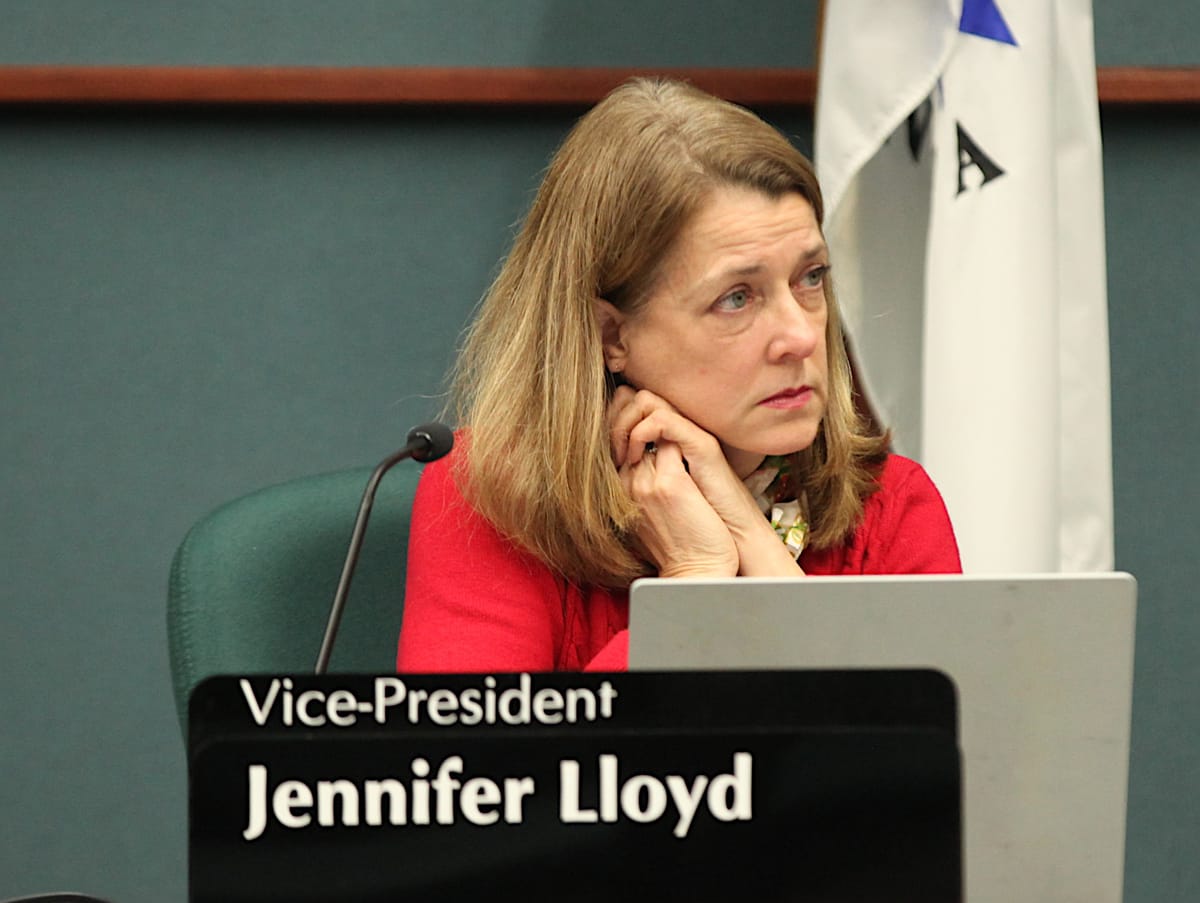
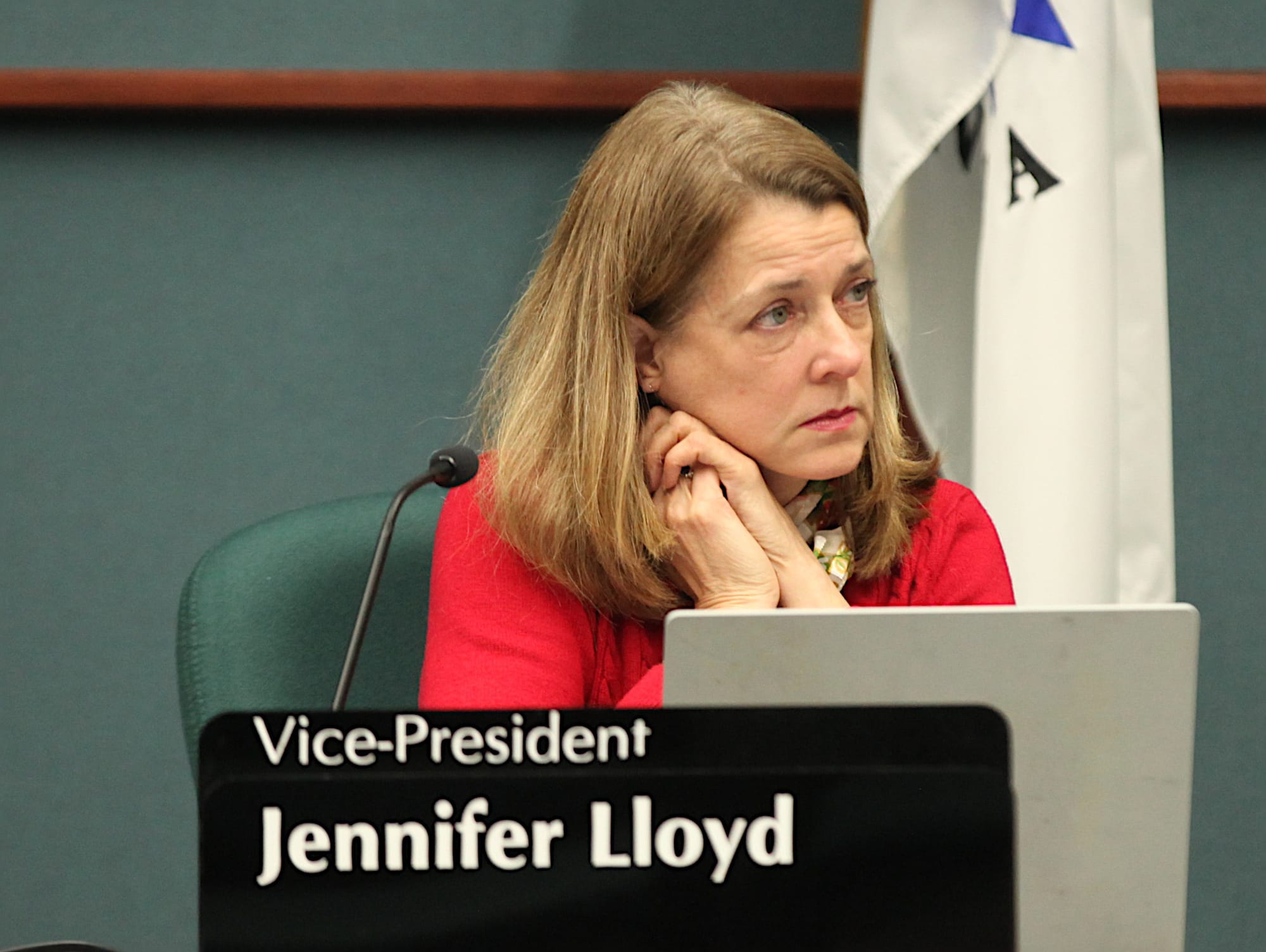
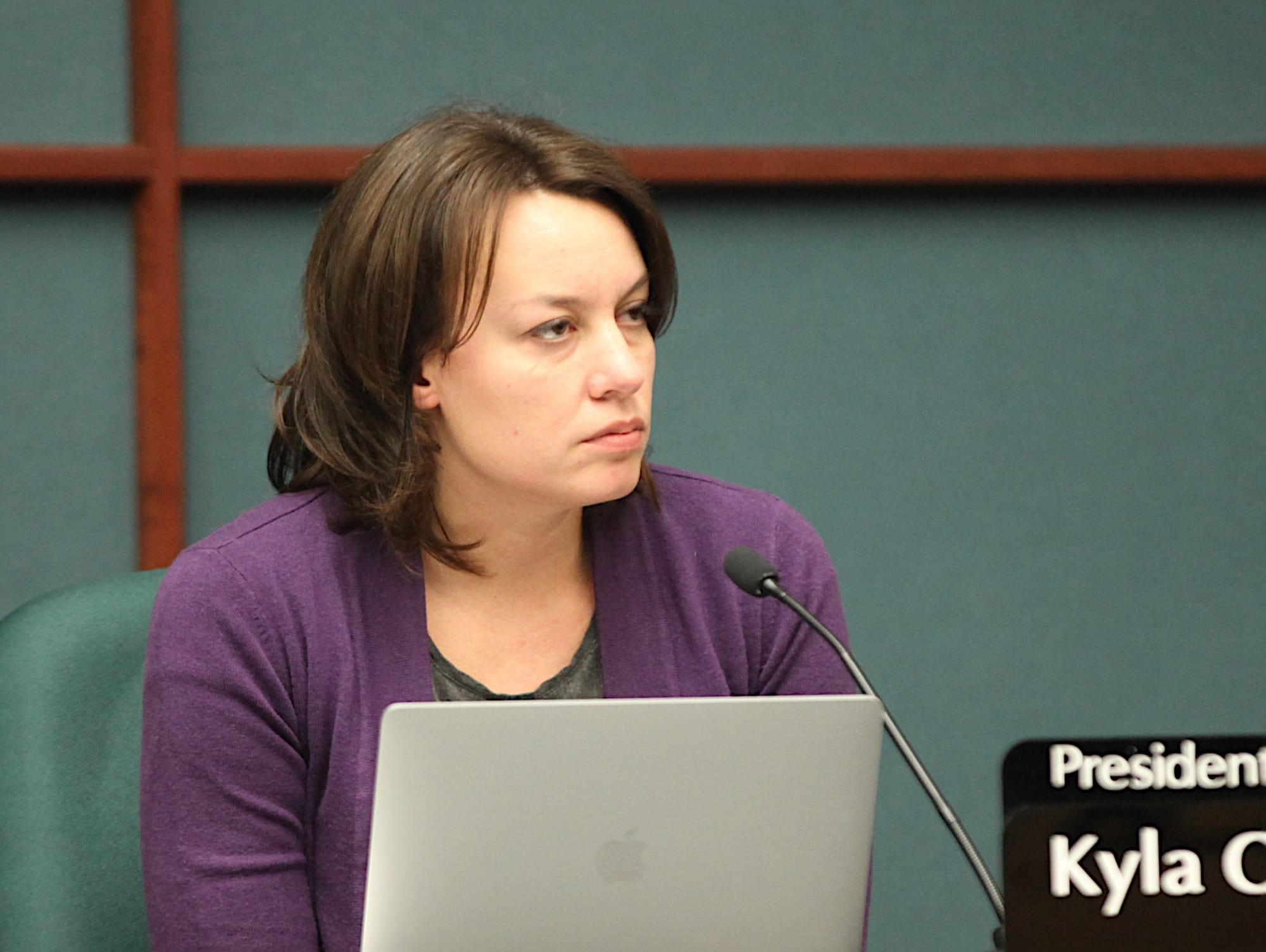
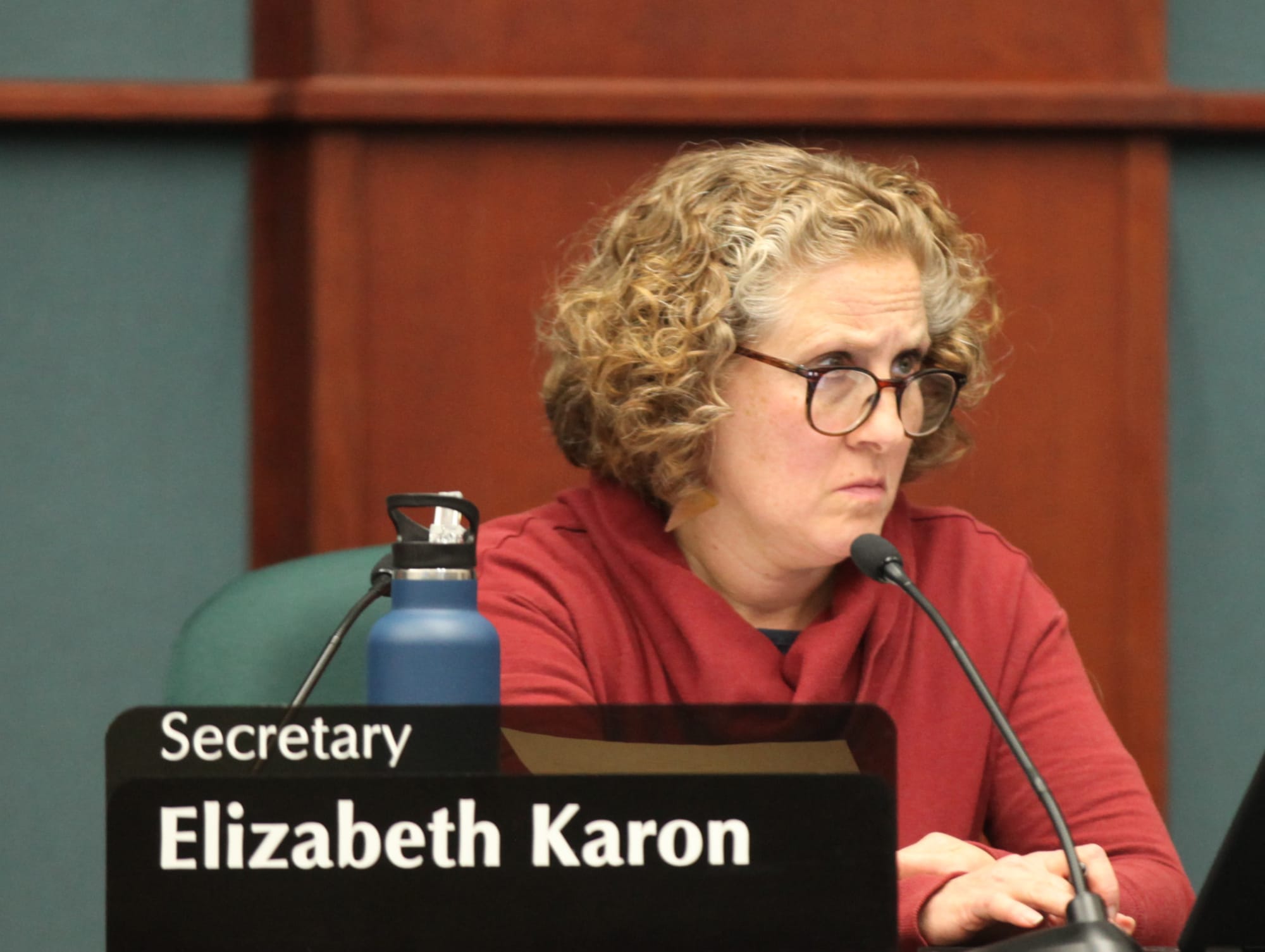
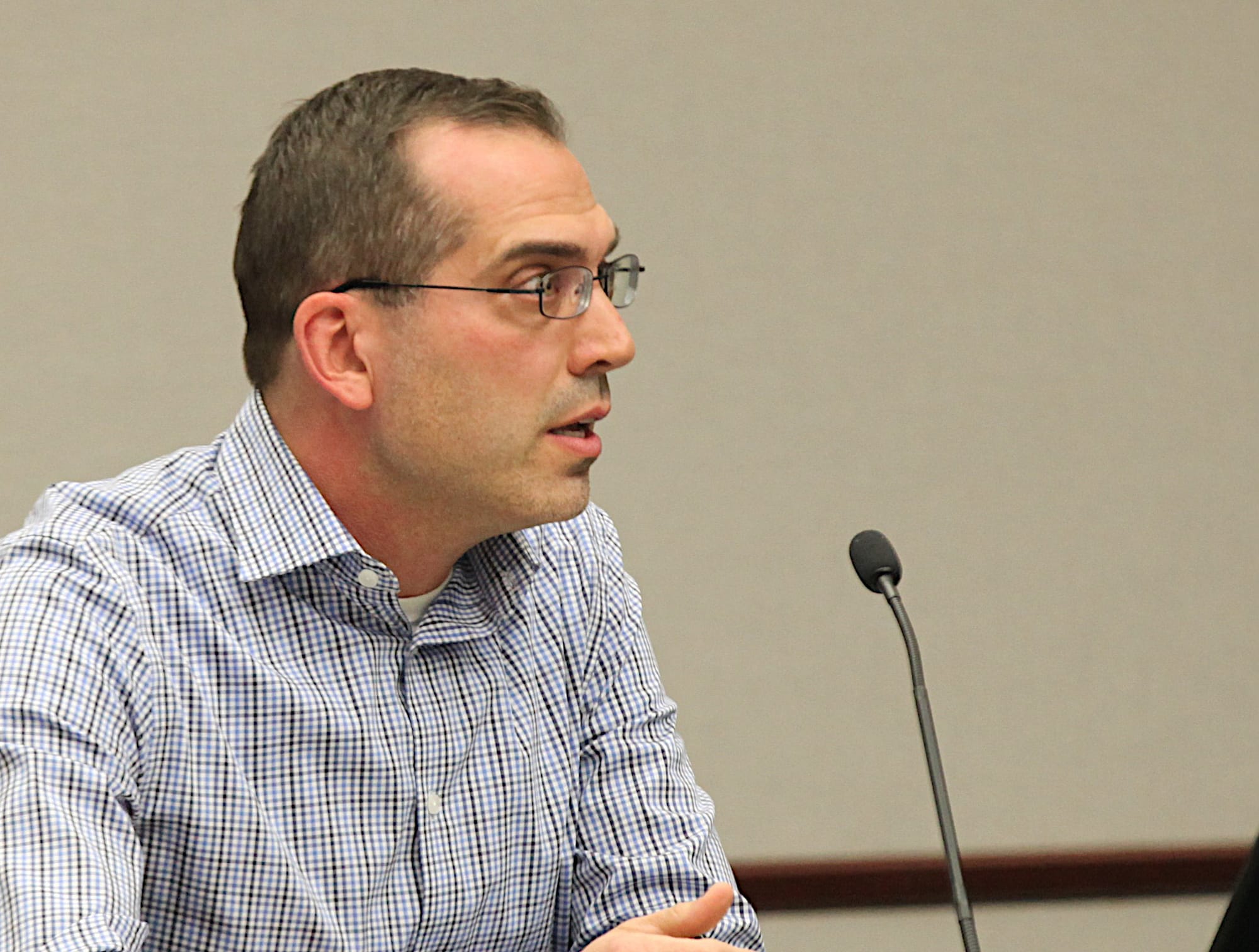
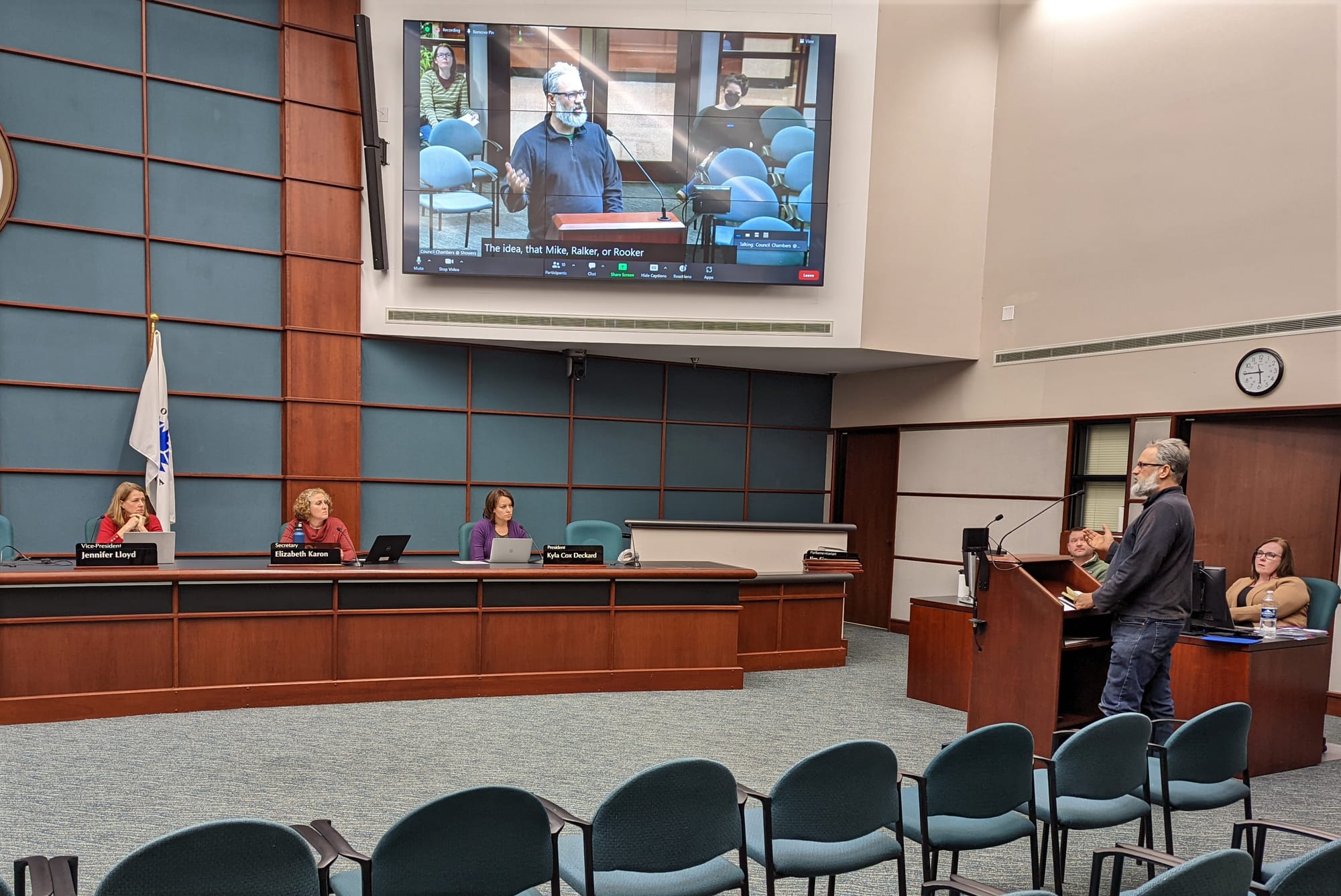

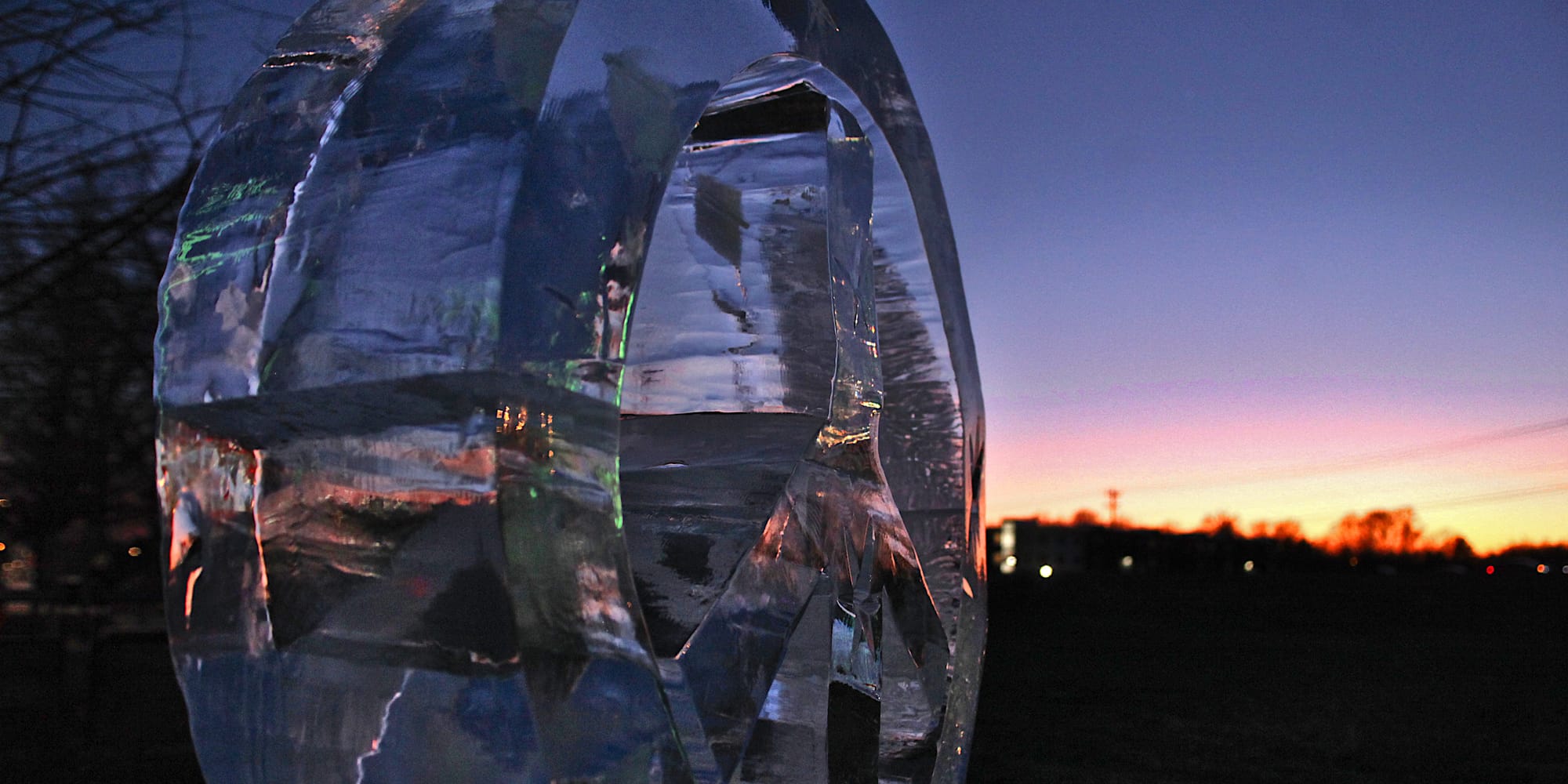
Under the policy approved by Bloomington’s board of public works at its Tuesday meeting, no public street mural with words and letters could be installed by private parties—if the mural is expected to last longer than a week.
The action by the board was time sensitive.
A federal judge has ordered that by Jan. 2, 2023, Bloomington must develop and disseminate a policy on private art installations in the public right-of-way.
The court’s order came as a preliminary injunction in a lawsuit filed by an Indiana University student, after Bloomington said he could not install a street mural with the phrase “All Lives Matter.”
The “All Lives Matter” slogan is associated with opposition to the “Black Lives Matter” movement.
Under the court order, Bloomington has to allow the plaintiffs in the lawsuit, Kyle Reynolds and the Indiana University Chapter of Turning Point USA, to apply for installation of a mural under the new policy.
Under the new policy, the previously rejected mural might be allowed, but only if it is “temporary art”—which means it would be expected to last longer than seven days.
The policy’s definition of “temporary art” was extended from five days to seven days, at the suggestion of board member Kyla Cox-Deckard at a Monday noon work session.
As a part of the initial ruling in the lawsuit, the judge said that the three “Black Lives Matter” murals that had been installed in the city were “government speech.” That means the BLM murals were not a part of the public forum that the court thinks has been established by other art installations—through the city’s neighborhood grant improvement program and special events program.
The special event application for January’s Freezefest had been put on hold at the board’s meeting two weeks ago, while the new art policy was finalized.
At Tuesday’s meeting, the board of public works approved the special events application for the weeklong ice carving festival, which takes place in the general vicinity of the Trades District. Last year, the event featured some sculptures with letters or symbols in, or at least near, the public right-of-way.
Board of public works members got an assurance from Mike McAfee, who is executive director of Visit Bloomington, that Freezefest would be in compliance with the new art policy—either by not installing the ice sculptures in the public right-of-way or by ensuring they did not stay longer than seven days. “Whatever works best with this policy is what we’ll do,” McAfee told the board.
Another art installation, which is already in place this year, is the annual Middle Way House “Wrapped in Love” display, which features knitted tree sweaters in Bloomington’s downtown. Middle Way House is a nonprofit that provides services for survivors of domestic abuse, sexual assault, stalking, and human trafficking.
The federal court’s order cites the 2021 approval by the board of public works of the “Wrapped in Love” special event—from Sept. 25, 2021 to March 1, 2022—as the kind of art installation for which the city was supposed to develop a policy.
The “Wrapped in Love” installation this year includes knitted pieces with words like “Mitzvah Tree” and “A place of learning” and “Let love bloom.”
For this year, through the first part of 2023, the “Wrapped installation was approved through the parks department.
Responding to a question from The B Square asked at the public mic during Tuesday’s meeting, city attorney Mike Rouker said he is not sure if the annual “Wrapped in Love” tree sweater display would be approved through the board of public works as a special event, or through the board of park commissioners.
Rouker continued, “Any requests for art in the public right-of-way going forward, that would implicate this policy, will have to be compliant with the policy.” Rouker said the city would ensure compliance with the policy “for ‘Wrapped in Love’ or any other event that’s going to place art in the public right of way.”
The new policy defines “speech” as “words, letters, numbers, universally recognized symbols, or logos of any kind.” The policy then bans speech for permanent or semi-permanent art.
All art, including temporary art, is also subject to the condition that it cannot “depict activities, materials, images, or products that are not legally available to all ages.” A permanent mural depicting participation in an election would presumably be disallowed as permanent art, because voting is not legally available as an activity for anyone under 18 years old.
Speaking against the new policy during public commentary on Tuesday was Thomas Westgård, who introduced himself as someone who’d been involved in the free speech issues surrounding Bloomington’s farmers market a few years ago.
Westgård told the board that the policy goes beyond what federal courts had clearly established as the acceptable conditions on speech—which are time, place, and manner restrictions.
Westgård criticized the prohibition of “universally recognized symbols” by giving the example of a cross as an emblem of the Christian faith. A cross would be prohibited under the policy, but a novel emblem for a new religion that someone might invent would be allowed, he said. Westgård asked, “Do you have symbologists on staff to consider that? Do you have linguists to contemplate that? Obviously not.”
Westgård picked up on the phrasing used by city attorney Mike Rouker to describe the purpose of the policy, which includes: “…to reduce the risks to public safety and burden on public resources.” Westgård asked: “Why would you put that [burden] on the board of public works to contemplate this application, to say: Well, is this a well-known symbol?”
On the topic of universally recognized symbols, board member Jennifer Lloyd had asked at the board’s Monday’s work session: “If somebody had a drawing of a heart, I’d see that as a universally recognized symbol of love or whatever.” She asked Rouker: “How granular do we get with this?”
On Monday, Rouker responded to Lloyd’s question by saying, “We could certainly come up with some hypotheticals that land directly sort of close to the line on these things. I’m not sure that a heart would run afoul of the policy.”
On Tuesday, Rouker addressed the topic of universal symbols by saying, “I think, Ms. Lloyd, quite annoyingly, pointed one [a close case] out during the work session, which was whether or not a heart would be a universally recognized symbol.”
Rouker continued, “There are going to be close cases like that and we will have to make some decisions about what qualifies as a universally recognized symbol.” Rouker added, “There’s no way to draft a policy that does not contain some ambiguity around the corners of it.”
From the public mic, The B Square asked how ASL handshapes would be analyzed under the definition of speech in the policy, given that the ASL handshape for “K” was a part of the “Black Lives Matter” mural painted on Eagleson Avenue.
Rouker’s response was: “I have not had a long time, of course, to ponder that, just a few minutes. My initial reaction without having consulted with anybody else is that that would be a recognized symbol, that would be impermissible.” He added, “But I feel a little bit uncomfortable saying that firmly, without having spoken with others or thought about it a bit longer.”
The deadline set by the court for adopting the policy on private art in the public right-of-way, and promulgating it, is Jan. 2, 2023.




Comments ()